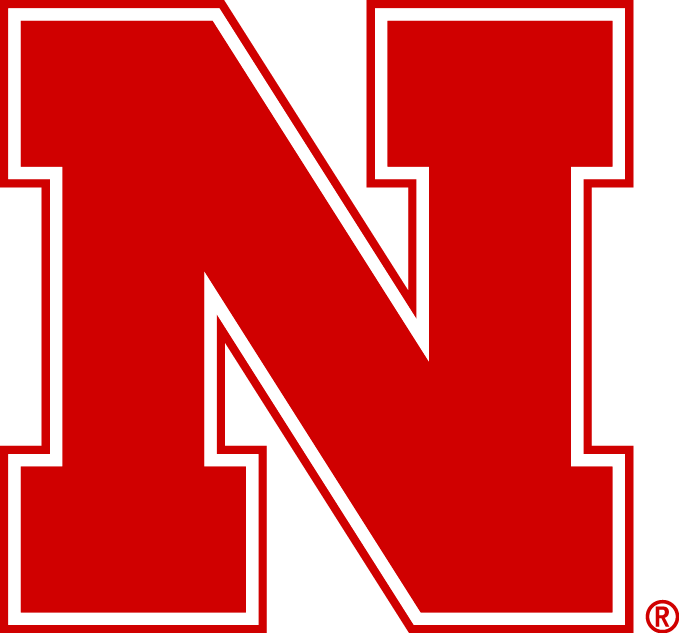TL;DR – If you are asked to complete a survey this summer regarding your costs for data management and sharing, please respond.
History
Federal funding agencies have required research data management and sharing plans since 2011, with the National Science Foundation (NSF) leading the way. While these requirements, and the growth of open science and open scholarship initiatives, are positive steps towards reproducibility, transparency, and reduced redundancy of research efforts, there are costs in researchers’ time and funding, as well as institutional costs.
In 2021, the Association of Research Libraries (ARL) and six R1 universities, with funding provided by NSF, began to capture these costs in Realities of Academic Data Sharing (RADS) Initiative, Part I. Focusing on five disciplinary areas (environmental science, materials science, psychology, biomedical sciences, and physics) and three federal funders (Department of Energy, National Institutes of Health, and NSF), the researchers asked:
- Where are funded researchers across these institutions making their data publicly accessible and what is the quality of the metadata?
- How are researchers making decisions about why and how to share research data?
- What is the cost to the institution to implement the federally mandated public access to research data policy? (https://www.arl.org/research-data/rads-initiative-phase-1/).
Reports and publications addressing questions 1 and 2 are available; a compiled list can be found at https://www.arl.org/research-data/rads-initiative-phase-1/. Regarding the third question, the research uncovered that the average annual cost (across the six universities) for data sharing was about $750,000, with Libraries ($303,000 ± $164,000) and Information Technology ($249,000 ± $218,000) covering most of the expense (https://www.arl.org/wp-content/uploads/2024/02/2024.02.07-RADS-expense-report.pdf, p.9). For researchers, the average expense for data management and sharing (DMS) services and infrastructure was $29,800 (5.83% of the award amount). However, the impact of DMS costs on smaller awards was more significant: Where the average total award was $149,000, the DMS costs averaged $17,600, 15.27% of the award (https://www.arl.org/wp-content/uploads/2024/02/2024.02.07-RADS-expense-report.pdf, p.13).
UNL participates in RADS, part 2
In 2023, ARL received funding from the Institute of Museum and Library Services (IMLS) to continue research into the costs of DMS. The UNL Libraries was selected as one of 11 academic institutions to participate (https://news.unl.edu/article/nebraska-joins-realities-of-academic-data-sharing-initiative).
The research launched in 2024, looking at a range of disciplines, multiple federal funders, and encompassing a wider variety of research institutions, with these questions in mind:
- What service and cost models do institutions use to support research data management and sharing policies?
- What are the direct expenses for institutions, particularly academic libraries, in implementing federally mandated data-sharing policies?
- What costs do researchers incur to comply with funded research data-sharing policies? (https://www.arl.org/realities-of-academic-data-sharing-rads-initiative/).
We were refining survey instruments for administrators and faculty researchers until April 2025 when we learned that our award was terminated: “…your grant is unfortunately no longer consistent with the agency’s priorities and no longer serves the interest of the United States and the IMLS Program” (Letter from Keith Sonderling, April 8, 2025).
Like a phoenix rising
After this blow, you might have expected that we would quit. That is not the Nebraska Way. With UNL Libraries pushing for a continuance of the research and contributing funds, all the additional institutions did the same. We can cover the cost of two key personnel from the original IMLS award and conduct the research as originally planned.
We want to know how DMS requirements impact UNL researchers
If you attended the recent Research Convening, you may have read a flier alerting you to the RADS2 research. We’d greatly appreciate your response to a survey to be released this summer. Not every faculty member will be contacted, making it important that those who are respond. We’d like to be able to boast that UNL had the highest response rate!
